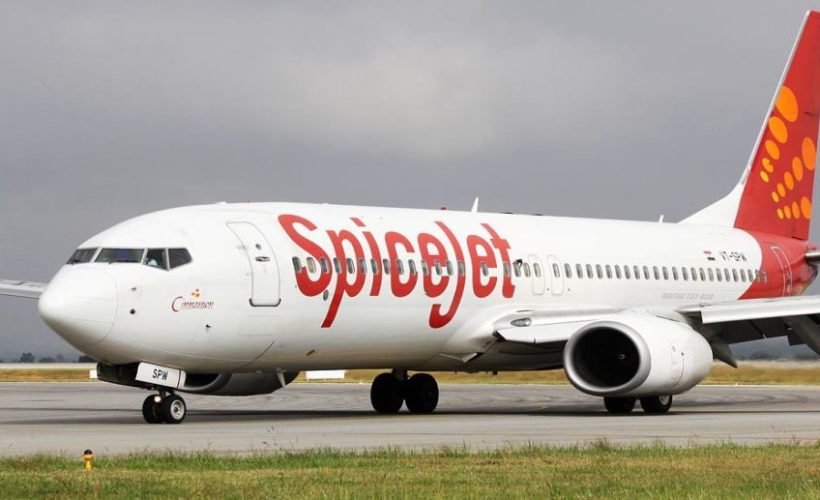
SpiceJet Ltd’s March quarter has seen a net profit increase of 22% from a year ago, despite the grounding of its Boeing 737 Max aircraft. However, the numbers still fell short of market estimates.
Net profit was up from ₹46.15 crore a year earlier to ₹56.29 crore in the quarter ended March 31, the airline said. That compares with the ₹134.40 crore average profit estimates compiled by nine analysts polled by Bloomberg. The airline, however, recorded a full-year loss for 2018-19 at ₹316.08 crore. It had reported profit of ₹557.20 crore in 2017-18. Revenue rose 17.45% to ₹9,266.25 crore.
Local airlines have been trying their best to benefit from the collapse of Jet Airways (India) Ltd. SpiceJet and IndiGo have also been looking for lucrative airport slots left vacant by the Jet Airways grounding in March.
In March, the Directorate General of Civil Aviation (DGCA) had grounded all Boeing 737 Max planes in India, in line with similar pre-emptive moves across the world, following an Ethiopian Airlines plane crash.
The airline flew over 4.8 million domestic passengers in the March quarter compared with 4.25 million a year ago.
SpiceJet has recorded a strong recovery in the last two quarters after suffering losses of ₹427.5 crore in the first two due to steep increase in fuel costs and depreciation of the rupee. This recovery comes in lieu of unprecedented challenges it faced during Q4 FY19 which saw the grounding of as many as 13 of our MAX (Boeing 737 Max) planes, Ajay Singh, chairman and managing director, SpiceJet, said in a statement.
Even though there has been a massive fleet expansion this fiscal year, a favourable operating environment, a likely return of the B737 MAX in July, significant improvements in yields and prime slots at key airports, and are confident of a strong performance for FY20, he added.
SpiceJet’s March quarter revenue was 23.67% from ₹2,079.52 crore a year ago to ₹2,571.83 crore. Fuel cost was up 13% to₹819.40 crore.
SpiceJet makes trips to 53 domestic and nine international destinations. It also operates 42 daily UDAN flights to 12 destinations under the regional connectivity scheme, which provides air connectivity to the remote corners of the country.
The March quarter is a seasonally weak one, and SpiceJet’s profit during this period was better sequentially (October-December, 2018), showing that yields have improved, said SpiceJet’s chief financial officer Kiran Koteshwar over the phone, adding yields rose about 11% during Q4 as compared to the corresponding period of the previous year. The Q4 results don’t include any compensation (from Boeing) and the profits are purely from the operations, Koteshwar said. SpiceJet added 25 aircraft in April-May to take its fleet size to 125 and operates 584 daily flights.
On Tuesday, SpiceJet’s shares was up 2.09% to ₹148.80 on BSE, outperforming the benchmark Sensex that rose 0.17% to 39,749.73 points.
Q4 is the weakest quarter of the year for SpiceJet since 13 of Boeing 737 Max planes were grounded. But, it managed to do well as it saw an improved pricing and higher yields, adding the airline leased 30 Boeing 737 NG (New Generation) planes during the quarter.
The airline will add 35 more planes during FY 2020 increasing total capacity by about 80%.


